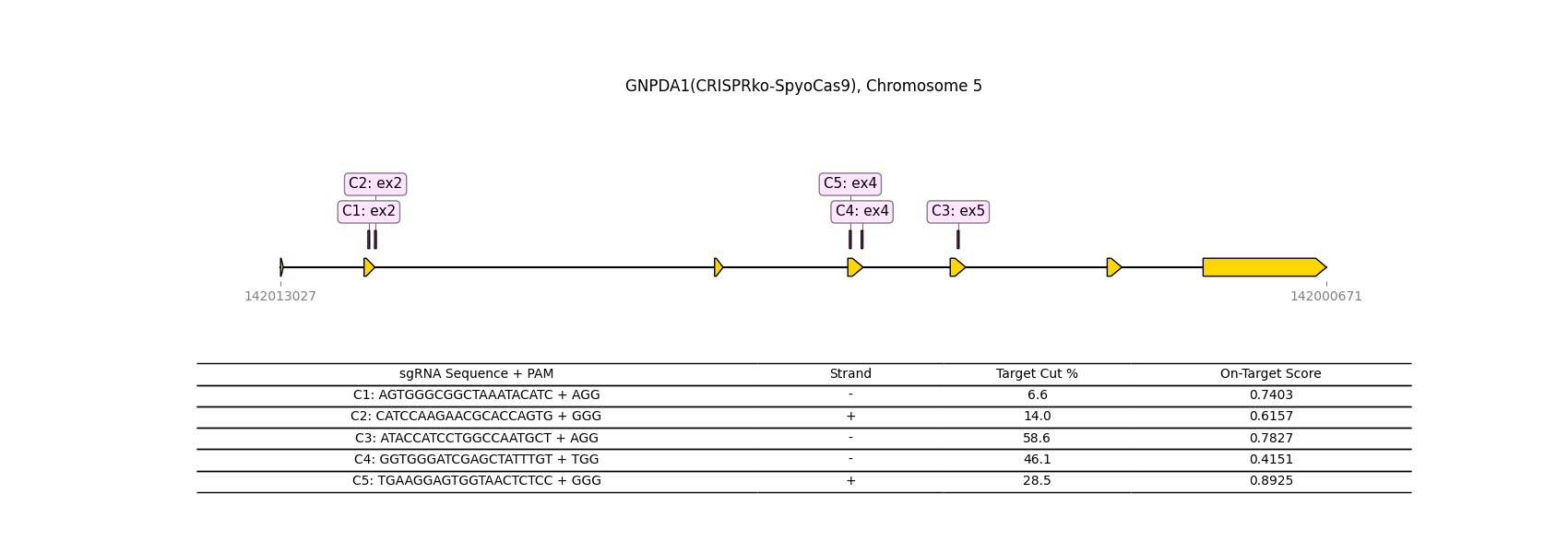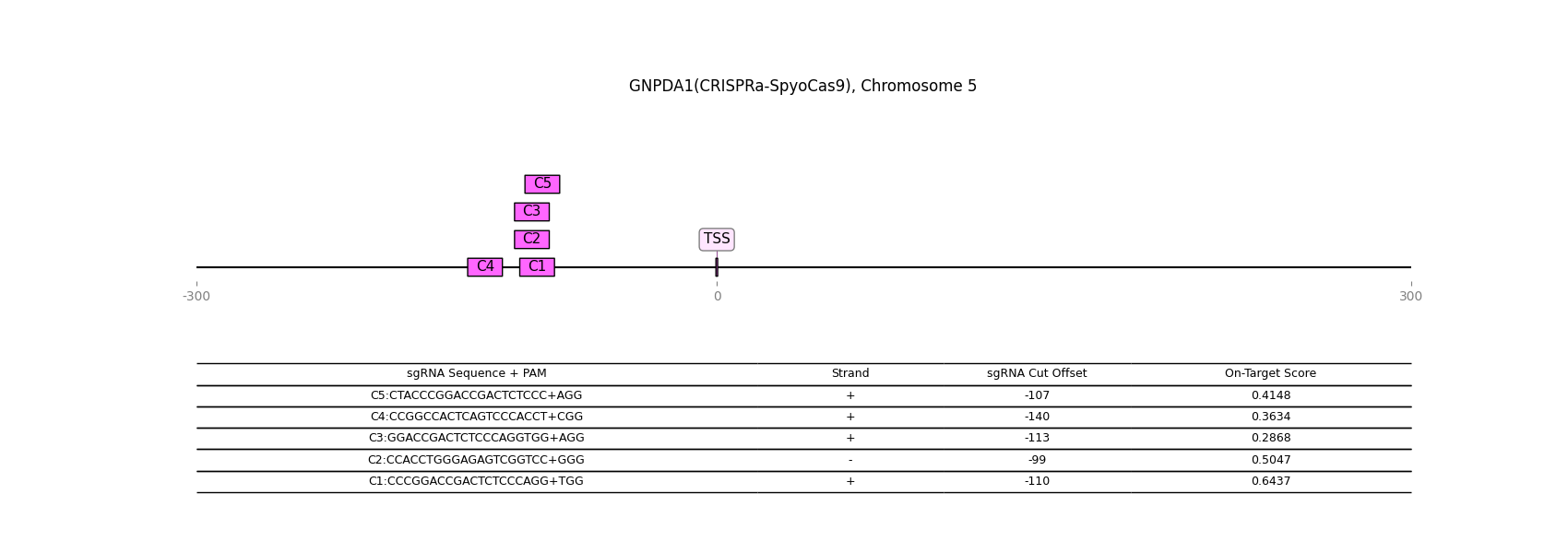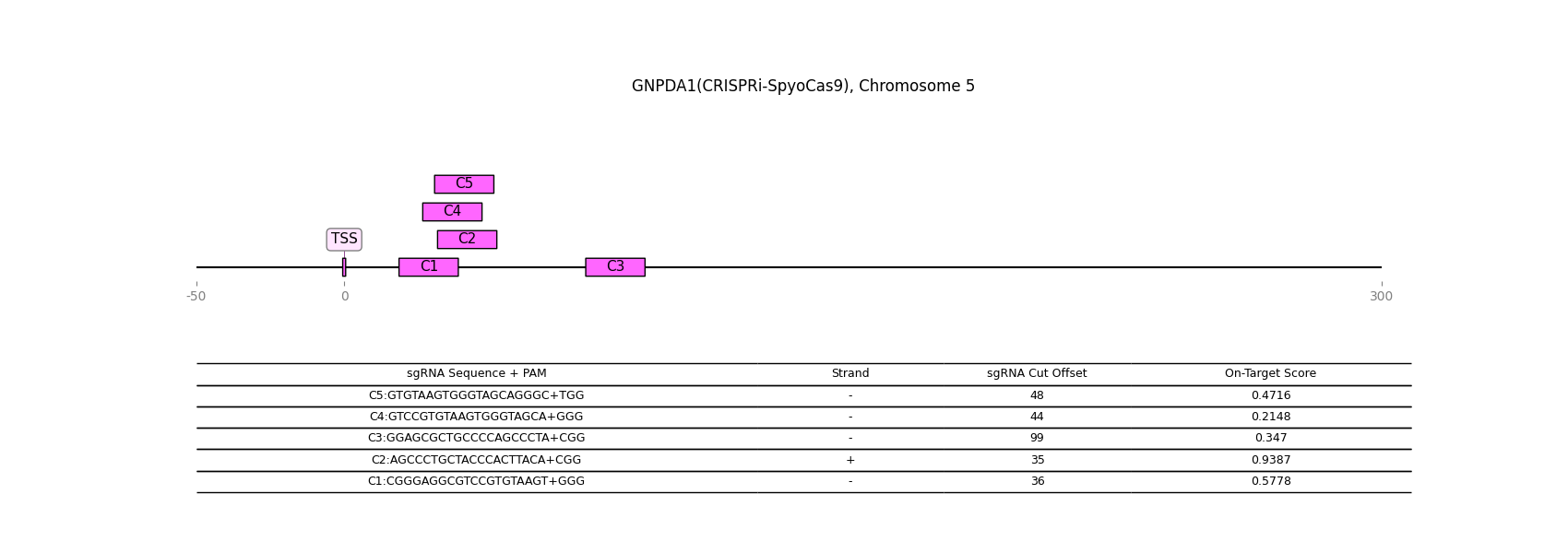Gene Details: GNPDA1
1 / 1
General Information
Gene Name: GNPDA1 (Glucosamine-6-phosphate deaminase 1)
Synonym: GNPI
Short Names: GlcN6P deaminase 1;
Alternative Names: Glucosamine-6-phosphate isomerase 1;Protein oscillin;
Notes:
- Glucosamine 6 phosphate deaminase removes the amine from glucosamine and produces fructose 6 phosphate in the hexosamine biosynthesis pathway.
- Allosterically activated by the accumulation of GlcNAc-6-phosphate created by GNPNAT1(GNA1).
Description from Dr.Glyco-GPT:
Warning: LLMs can generate factually incorrect information, as they simply predict the next word based on training data. Always verify LLM output by cross-checking with reliable sources!
Catalytic Activity

Reaction and Disease Links
EC # (IUBMB):
3.5.99.6
Brenda:
3.5.99.6
OMIM:
601798
KEGG: 10007
Rhea:
12172
Reactome :
R-HSA-70171
Transcript levels (Cell lines and Single cell data) URL
CRISPR-knockout

CRISPR-activation

CRISPR-inactivation

Transcription factor-gene relationship (details at glycoTF page)
Top 10 TFs
| TF | Score |
|---|---|
| UBE2I | 0.850982 |
| TCF25 | 0.841460 |
| XRCC5 | 0.837681 |
| HNRNPK | 0.832796 |
| SON | 0.823662 |
| PCBP1 | 0.819286 |
| YY1 | 0.818683 |
| SSU72 | 0.818536 |
| PCBP2 | 0.816970 |
| RBM39 | 0.816088 |
Licensing: CC BY 4.0. You are fee to copy, redistribute, remix, transform and build upon all material, except for textbook figures from the Essentials.